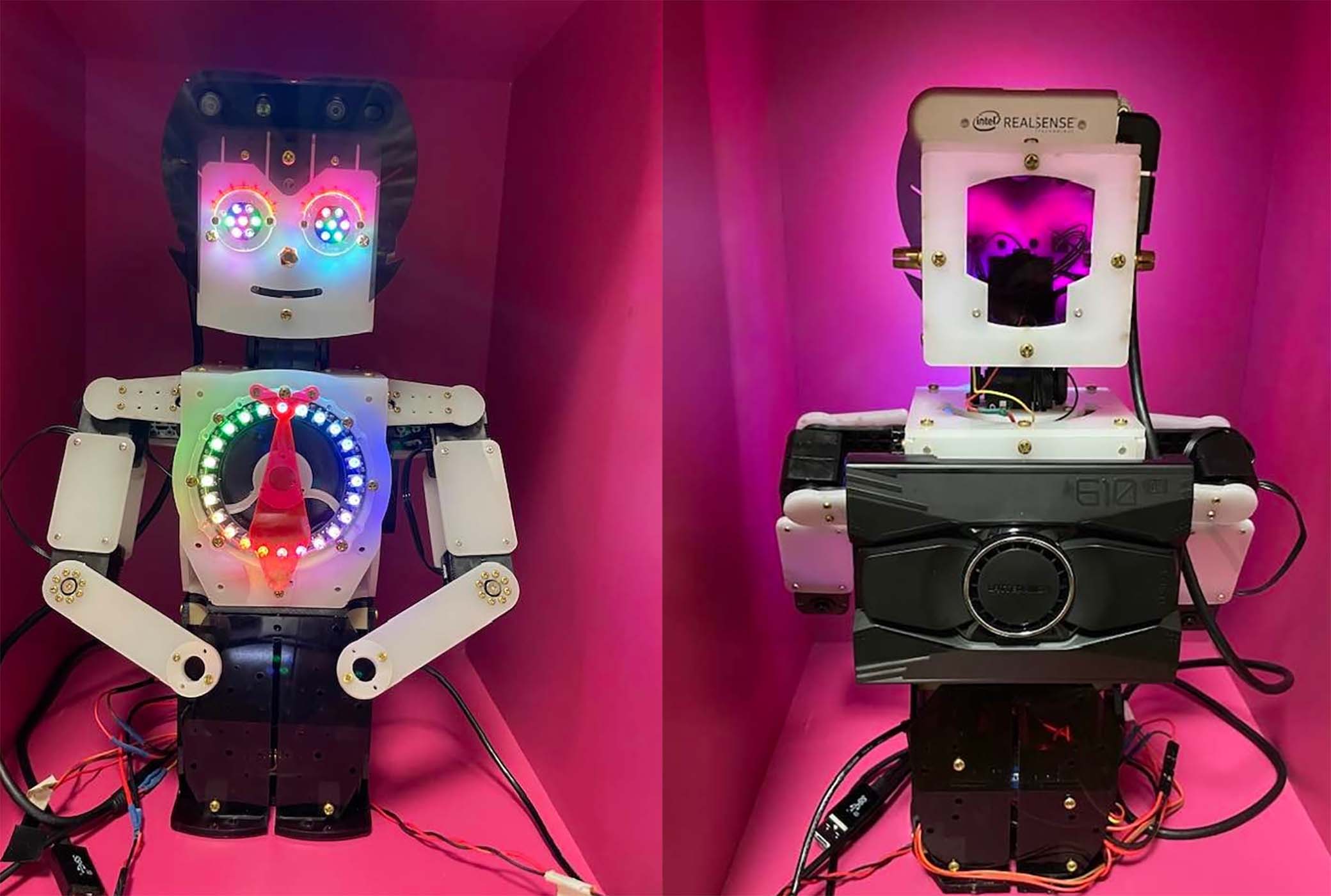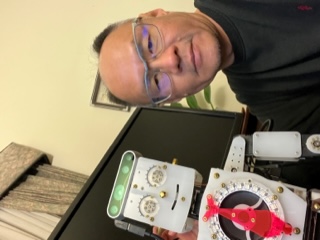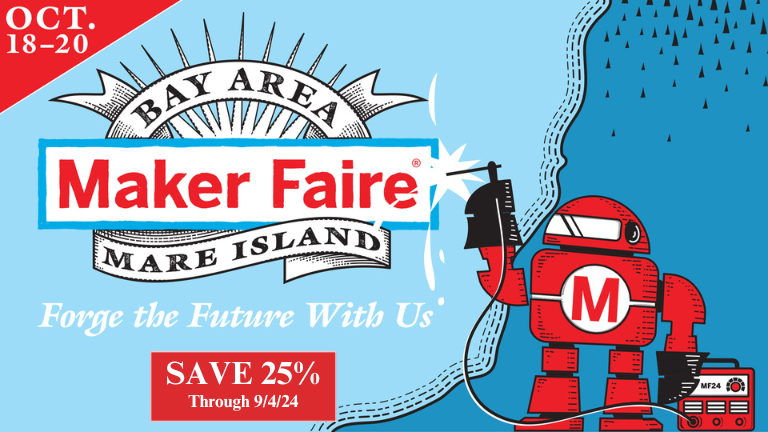Communication Robot for Nursing home
By Yoshiharu Kawamura
Buddy-kun is a robot that talks, instructs and guides singing and gymnastics, and plays musical instruments in kindergartens and nursing homes.
Type: Social Impact, Artistic
Website: http://www.asahi-net.or.jp/~hb9t-ktd/music/English/Research/Robot/BuddyKun.html

What inspired you or what is the idea that got you started?
Robots is a helper to support nursing homes for recreational activities, while human helpers are busy taking care of elders and preparing for daily tasks. In nursing homes, more elderly people are coming from aging countries, while a number of human helpers are not enough, and they are typically very busy preparing daily activities and taking care of elderly people. A robot is not exactly the replacement of human helpers here but is meant for supporting recreational activities while human helpers are juggling multiple tasks.
What is your project about and how does it work?
This robot 'Buddy-kun' is meant for providing light recreating activities at nursing homes and/or kindergartens for children. It can perform various recreation activities, such as talking, singing, reading books, telling trivia, plays rock/paper/scissors games, and moving body parts to demonstrate light physical exercises for elderly people.
It equips with a 3D camera, echo-canceling microphone array, speaker, and servo motors.
3D RGB camera and Depth sensors are used for surrounding object recognitions with Deep-Learning based software, such as human hand shape recognition for rock/paper/scissors game, voice synthesis is used, such as reading books, telling trivia, telling current weather, and so on. Echo-cancelling microphone array is used to recognize human voice controls to the robot. Each of these capabilities and robot servo motor controls are integrated as ROS node (Robot Operating System)
What did you learn by doing this project?
- Servo motor controls,
- ROS (Robot Operating System), inter-process communications,
- Deep-Learning software use, building object recognition Neural Net models
- 3D camera use, RGB image use, and Depth image use,
- Voice synthesis software, TTS (Text-To-Speech),
- Voice Recognition software, ASR (Automatic Speech Recognition),
- Noise & Echo-cancelling microphone array use, VAD (Voice Activity Detection), DOA (Direction Of sound Arrival),
What impact does your project have on others as well as yourself?
This project is hoping to be useful in the future for robots assisting nursing home activities. The intent is not to completely replace human caregivers, but rather, to assist them to reduce their workloads, and free up more time for activities and sincerely cares human can do/should do.





